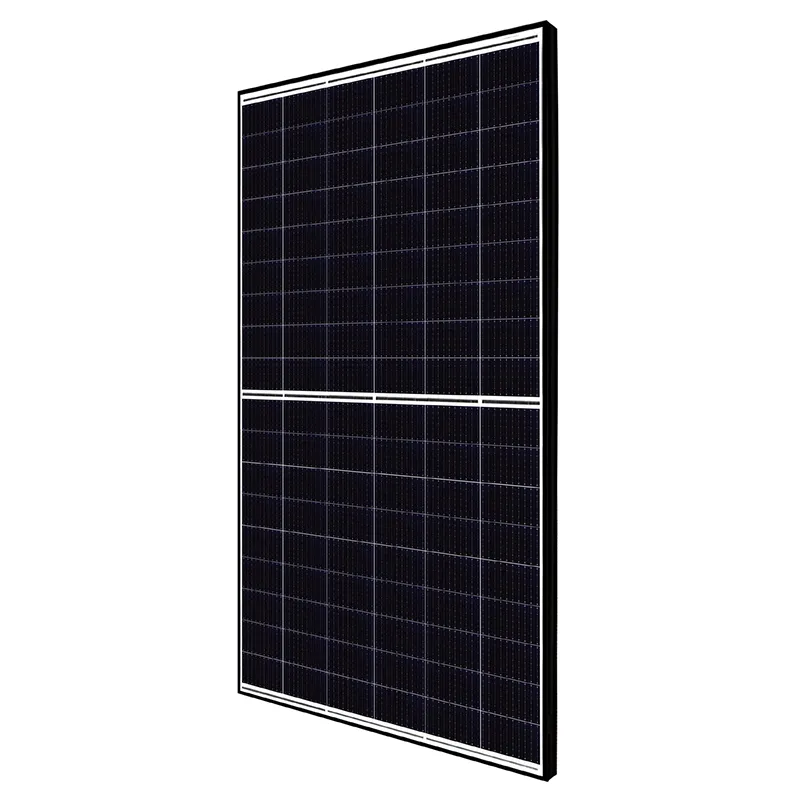Understanding the Sizes of Monocrystalline Solar Panels for Efficient Energy Generation
Understanding Monocrystalline Solar Panel Sizes A Comprehensive Guide
As solar energy continues to gain traction as a sustainable energy solution, understanding the components of solar panels becomes increasingly important for potential users. Among various types of solar panels available, monocrystalline solar panels stand out for their efficiency and aesthetic appeal. One significant aspect to consider when investing in these panels is their size. In this article, we will explore the sizes of monocrystalline solar panels, factors influencing size selection, and how to choose the right panel for your energy needs.
What Are Monocrystalline Solar Panels?
Monocrystalline solar panels are made from a single crystal structure of silicon, which gives them higher efficiency rates compared to their polycrystalline and thin-film counterparts. Typically, these panels feature a sleek, black appearance, making them an attractive option for residential and commercial installations. Their efficiency can reach up to 22% or higher, enabling them to convert more sunlight into electrical energy in smaller spaces.
Common Sizes of Monocrystalline Solar Panels
Monocrystalline solar panels come in various sizes to accommodate different energy needs and installation spaces. The most common sizes include
1. 60-cell Panels These are the most prevalent type used for residential installations. Typically measuring about 65 inches by 39 inches, they can produce between 250 to 365 watts of power. Their dimensions make them suitable for rooftops with limited space.
2. 72-cell Panels Slightly larger, these panels are often used for commercial applications due to their higher power output, ranging from 350 to 450 watts. With dimensions around 77 inches by 39 inches, they provide an efficient solution for larger energy requirements.
3. Half-cut Panels This newer technology splits traditional 60-cell and 72-cell panels into two halves, resulting in panels that are easier to manage and install. They still maintain high efficiency and are available in sizes that correspond closely to the standard panels.
4. Bifacial Panels These panels harness sunlight from both sides and can vary in size. They are ideal for installations where light reflection from the ground can enhance energy production.
Factors Influencing Panel Size Selection
monocrystalline solar panel size

When choosing the size of your monocrystalline solar panels, several factors must be considered
1. Energy Needs Calculate your energy consumption to determine how much power you require. A higher demand for electricity will necessitate more or larger panels.
2. Installation Space The available roof space or ground area will significantly influence the panel size. If your space is limited, you may opt for smaller, more efficient panels.
3. Budget Costs vary depending on the panel size and brand. While larger panels can offer more power per unit, they typically also come with a higher price tag.
4. Local Climate If you live in an area with frequent cloud cover or less sunlight, you might want to consider panels with better efficiency ratings. In such cases, it may be worthwhile to invest in higher-quality monocrystalline panels, even if they are slightly more expensive.
Choosing the Right Panel Size
To find the optimal size for your monocrystalline solar panels, start by evaluating your average energy consumption. Look at your electricity bills over the past year to determine your average usage in kilowatt-hours (kWh). This data will help you calculate how many panels or what size you need.
Additionally, consulting with a professional solar installer can provide tailored advice based on your specific situation. They can conduct a site assessment to analyze factors like shading, roof tilt, and orientation, which can further influence panel performance.
Conclusion
Monocrystalline solar panels offer a reliable and efficient solution for harnessing solar energy. Understanding their sizes and the factors influencing your choice is crucial in making an informed decision. By carefully assessing your energy needs, installation space, and budget, you can select the right panel size that meets your requirements, ultimately contributing to a more sustainable future. Whether for residential or commercial purposes, embracing solar energy through monocrystalline panels has the potential to yield significant benefits in both energy savings and environmental impact.
-
Unlocking Energy Freedom with the Off Grid Solar InverterNewsJun.06,2025
-
Unlock More Solar Power with a High-Efficiency Bifacial Solar PanelNewsJun.06,2025
-
Power Your Future with High-Efficiency Monocrystalline Solar PanelsNewsJun.06,2025
-
Next-Gen Solar Power Starts with Micro Solar InvertersNewsJun.06,2025
-
Harnessing Peak Efficiency with the On Grid Solar InverterNewsJun.06,2025
-
Discover Unmatched Efficiency with the Latest String Solar InverterNewsJun.06,2025







